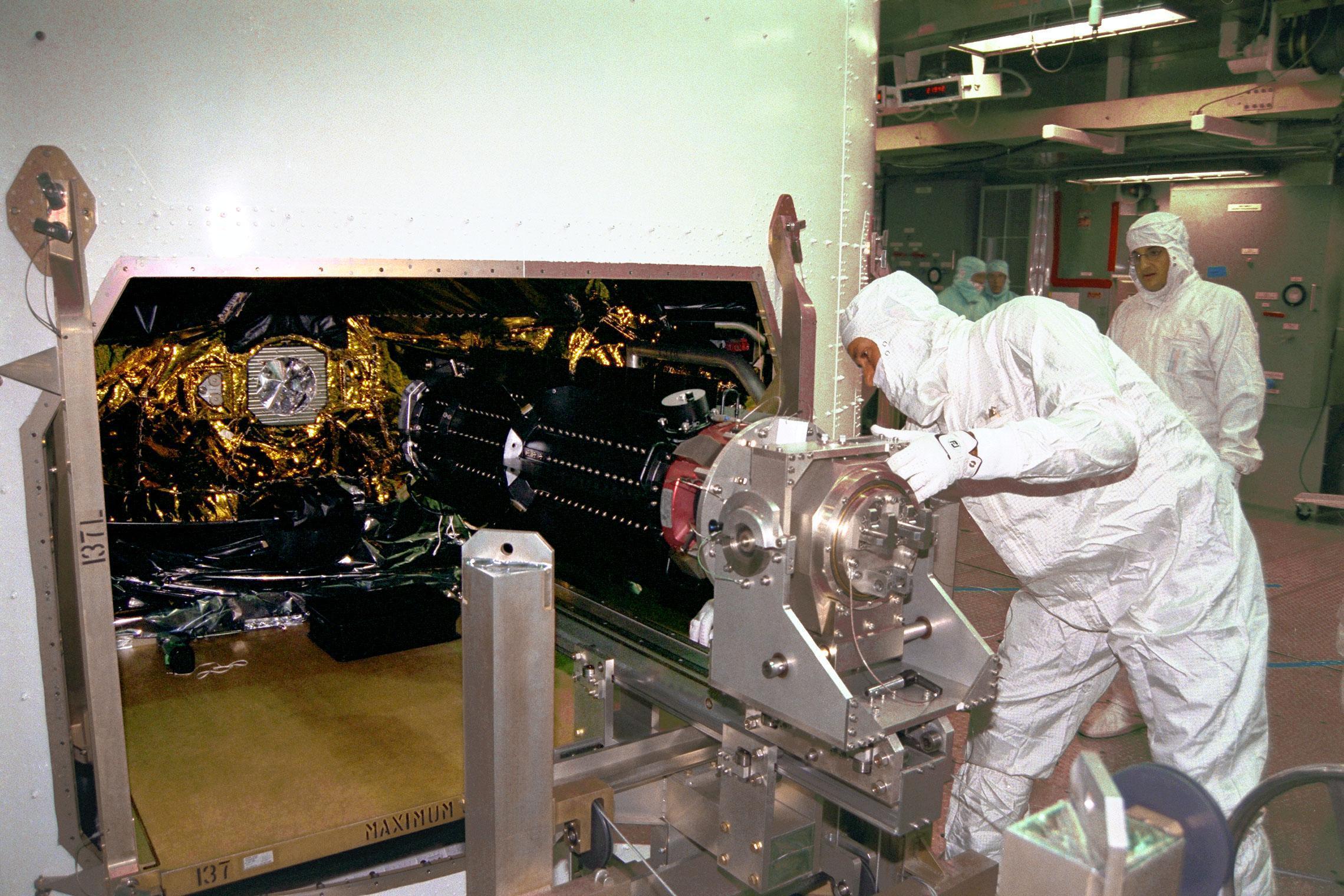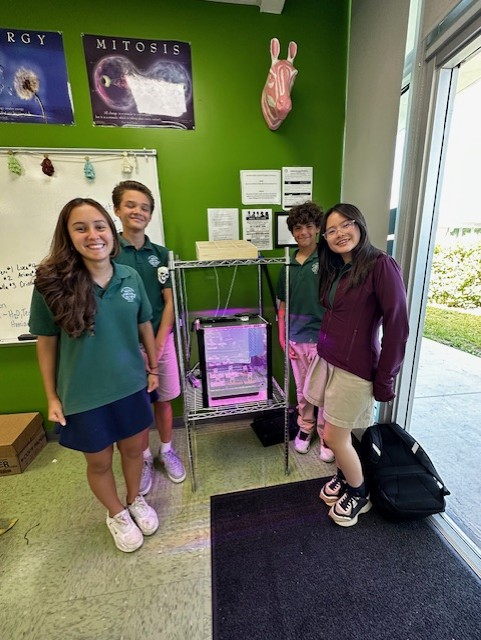
Dr. Louis D. Friedman
NIAC External Council
Follow NASA Technology
Dr. Friedman is a native of New York City. He received a B.S. in Applied Mathematics and Engineering Physics at the University of Wisconsin in 1961, an M.S. in Engineering Mechanics at Cornell University in 1963, and a Ph.D. from the Aeronautics and Astronautics Department at M.I.T. in 1971. His Ph.D. thesis was on Extracting Scientific Information from Spacecraft Tracking Data.
Dr. Friedman worked at the AVCO Space Systems Division from 1963-1968, on both civilian and military space programs. From 1970 to 1980 he worked on deep space missions at the Jet Propulsion Laboratory (JPL) in Pasadena, California. He performed mission analysis and navigation system studies for pre-project definition of Mariner Venus-Mercury, Voyager and Galileo and was the program development leader for Venus Orbital Imaging Radar, which later became Magellan. He led the development and design for the Halley Comet Rendezvous-Solar Sail proposal and was the leader of the post-Viking Mars Program in the late 1970s. In 1979-80 he originated and led the International Halley Watch. He was manager of Advanced Planetary Studies at JPL. Dr. Friedman is the author of more than 20 technical papers on Celestial Navigation, Astrodynamics, Mission Analysis and Design, and Mission Planning. He is the author of the book Starsailing: Solar Sails and Interstellar Travel, published by John Wiley, Inc. and of The Future of Human Spaceflight: From Mars to the Stars, published by the University of Arizona Press.
In 1978-79, Dr. Friedman was the AIAA Congressional Fellow on the staff of the Senate Committee on Commerce, Science and Transportation. He worked there on Space Policy, Operational Remote Sensing legislation, NASA program oversight and technology innovation on the railroads. He is a member of the American Astronautical Society, the Division for Planetary Sciences of the American Astronomical Society, Sigma Xi and Fellow of the American Association for the Advancement of Science, the British Interplanetary Society and the American Institute of Aeronautics and Astronautics. He is a National Fellow member of the Explorers Club and of the International Academy of Astronautics.
Dr. Friedman left JPL in 1980 and co-founded The Planetary Society with Carl Sagan and Bruce Murray. He was Executive Director of the Society for 30 years and remained on the Board of Directors until Oct 2014.. The Society is a non-profit, popular society seeking to inspire the people of Earth to explore new worlds and seek other life, through research, education and public participation. It is the largest space interest organization in the world. While at the Society he worked on the Mars Balloon development, international Mars rover testing, a Mars microphone, and the joint educational project with LEGO – Red Rover Goes to Mars. He led Cosmos 1, the attempt to fly the first solar sail and was the Co-Inventor and Principal Investigator of the Living Interplanetary Flight Experiment (LIFE) on the Russian Phobos Sample Return mission was lost in orbit following launch in Nov. 2011. This experiment was to have been the first instance of purposely sending life from Earth to interplanetary space. . Friedman led the design and development of the LightSail ™ spacecraft which carried out its mission in 2019.
Dr. Friedman lectures in the U.S. and abroad about planetary missions and space exploration programs, has written many popular articles about planetary exploration and space policy as well as op-eds in major newspapers. He has frequently testified to the U.S. Congress about programs and policies in space exploration. He has traveled on field expeditions to Kamchatka, the Arctic and Antarctic, tours to observe Halley’s Comet, Belize and to several places in the former Soviet Union.
He was co-leader of the Keck Institute for Space Studies (KISS) Asteroid Retrieval Mission Study at Caltech and of Science and Technology to Explore the Interstellar Medium. He is currently working on a follow-on to that study of a mission to image exo-planets using the Solar Gravity Lens by flying along its focal line which begins at approximately 600 AU. In March 2015 he was reappointed (after and earlier stint in 2011) to the NASA Innovative Advanced Concepts (NIAC) External Council. His newest book, Planetary Adventures: From Moscow to Mars, will be published later in 2019.

























